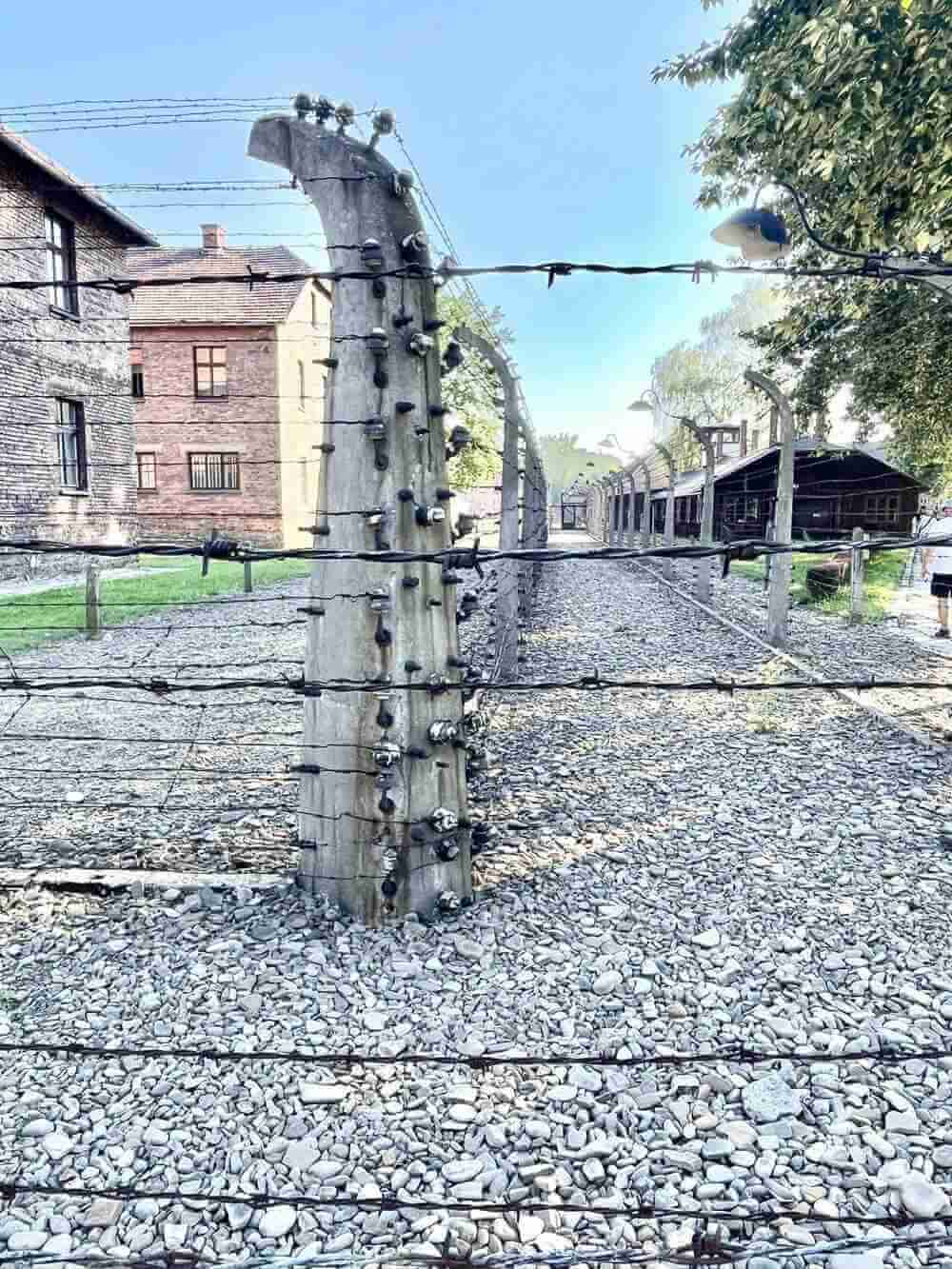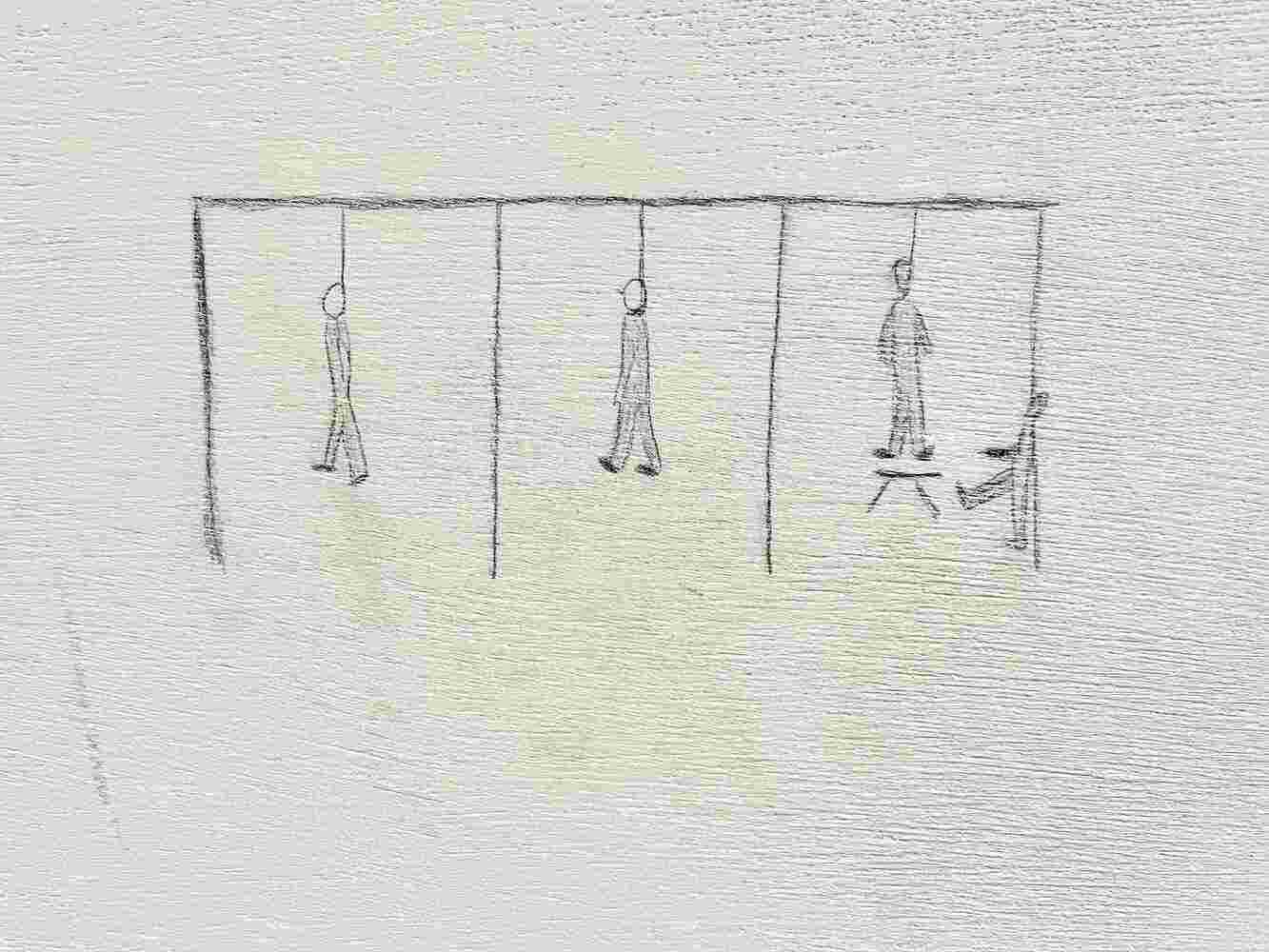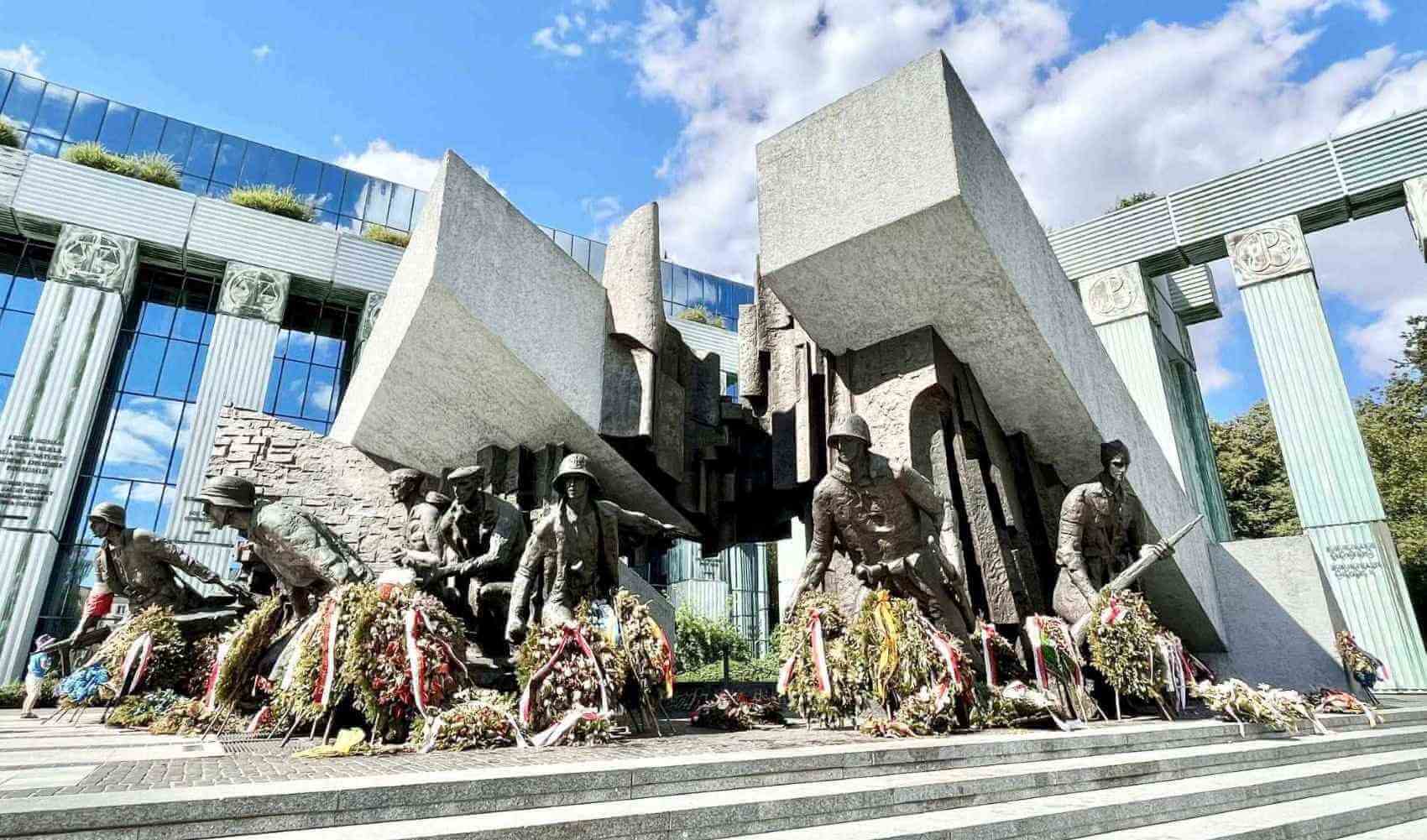
I visited Poland in August 2022 with my college friend Rafael Tafur. We flew into Krakow, then took a bus to Warsaw. After this, our journey continued by bus to Lithuania, Latvia, Estonia, and Finland. While Poland has a reputation for being one of Europe’s most conservative countries, one square in Warsaw was livened by a small gay pride demonstration that was blasting the “YMCA” song. We visited during the peak of the post-covid tourist season, which meant that the population was equally split between Poles, tourists, and Ukrainian refugees. Poland’s history has intertwined with that of Russia for hundreds of years. The two nations disagree on many topics, ranging from who owns Crimea to which country invented vodka. One brash street market vendor was selling rolls of toilet paper with Vladimir Putin’s head on it.
We started our journey in Krakow, Poland’s 2nd largest city, and an important cultural center in the country. Krakow is located in the southeast, close to the border with Slovakia and Ukraine. The Mongol hordes paid the city a friendly diplomatic visit in 1241; their signature pyrotechnics got a little out of hand and burned the entire city down (an accident that coincidentally seemed to occur any time a city did not immediately submit to their rule). Krakow was the capital of Poland until 1596, when it shifted to Warsaw. As a recent graduate, I appreciated how inexpensive Warsaw was. There is nothing that most young adults crave more than full meals at single-digit prices, and Poland did not disappoint. The city is scattered with historic monuments and statues of Polish heroes like Marie Curie and Copernicus.
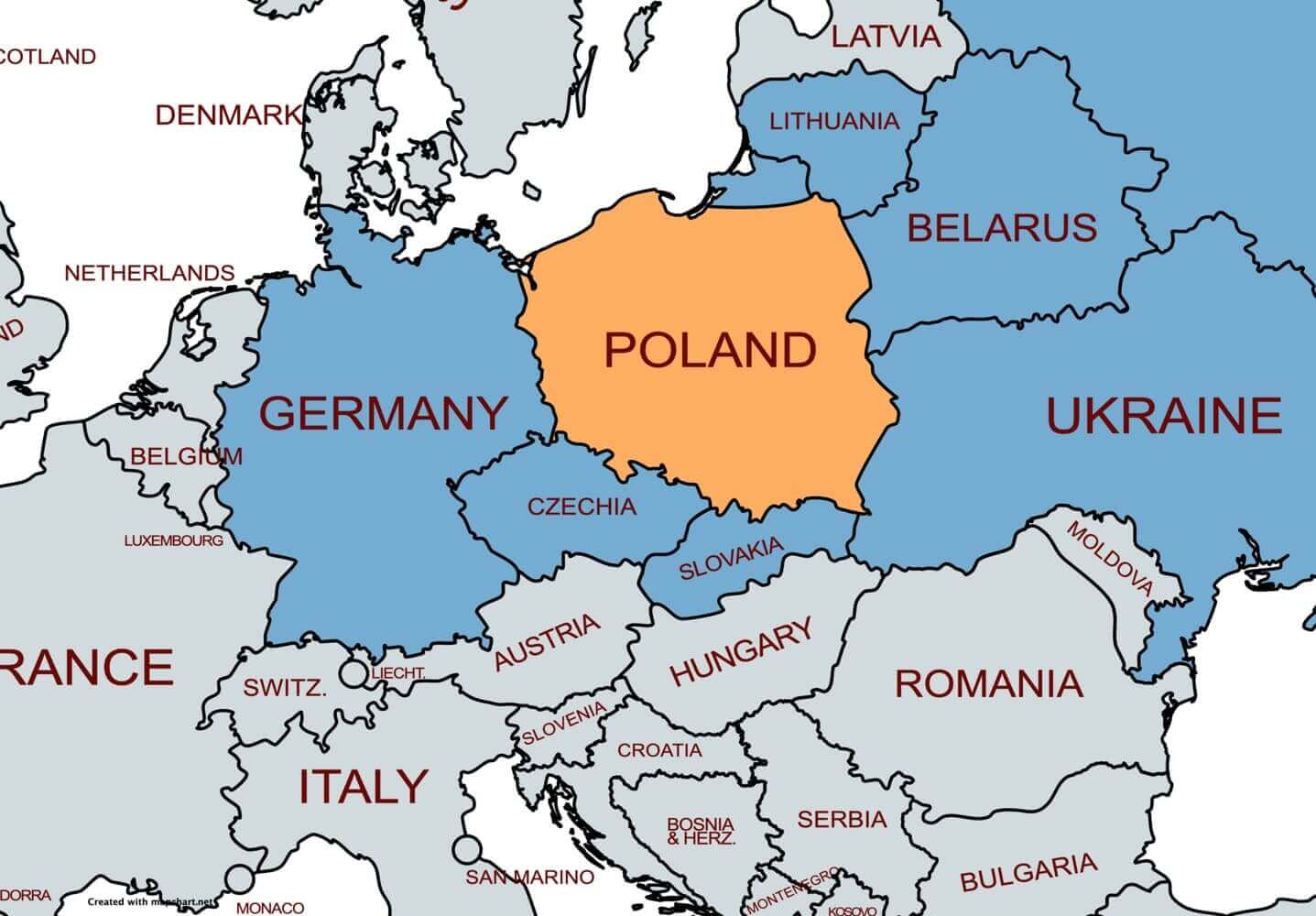
Poland is a large country in central Europe that its neighbours seem to covet – which in geopolitics means invade. From 1569 until 1793, Poland was part of the Poland-Lithuanian Commonwealth. Its king was elected by the nobility and was obliged to hold the Sejm (Parliament) every 2 years. This was unique because most nearby countries were hereditary and unbridled monarchies. Even though the voting population only represented a minority of the country, and there was minimal social mobility, this still struck me as very democratic for the time. The nation also respected religious liberty, which was established through the Warsaw Confederation Act of 1573. It was the second country (after the United States) to write a formal constitution that established key rights for its citizens, which it did in 1791. Unfortunately, this remained in effect for less than 2 years, as the Commonwealth was dissolved and split between Austria-Hungary’s Hapsburg Monarchy, Prussia (modern-day Germany), and the Russian Empire. Poland would remain under foreign control until the end of World War I in 1918.
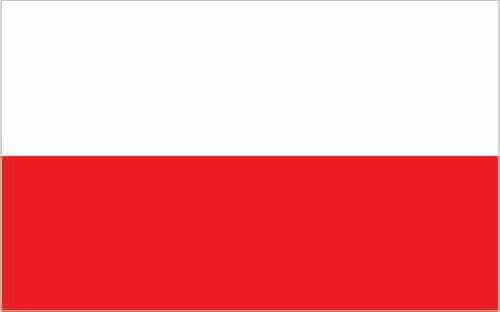
This new Polish state had very little time to enjoy its newfound independence. It was invaded yet again in 1939 and split between Nazi Germany and the USSR. France and the UK had promised to defend the country but were unable to provide support before the nation was overrun. In 1941, Germany betrayed the USSR and took over its half of Poland. The Nazi’s genocide killed around 3 million (90%) of Poland’s Jews. In 1944, when the USSR was pushing Germany back, the Polish rose up against the Germans in Warsaw. However, the Soviet troops paused their advance so that the Germans and the Poles would weaken each other, making Poland easier to control. Poland suffered significantly during World War II: around 6 million Poles were killed during the war – about 17% of its population. During the Cold War, Poland was under Soviet influence, and remained so until somewhat free legislative elections in 1989. The Solidarity trade union’s landslide victory in 1990 was the first time in decades that Poland was led by a party not directly influenced by Moscow.
The Wieliczka Salt Mine near Krakow has operated since the 13th century. The mines are massive and over 300 meters deep, with the tourist route of 3.5km covering less than 2% of the total chambers. The devoutly religious miners carved an entire church inside this complex. Well-lit by chandeliers and spacious, the large chamber resembles a conference hall more than a church. I saw an effigy of the Polish Pope John Paul II (1978-2005). I think the Poles are proud that the first non-Italian Pope in 400 years was from a town near Krakow.
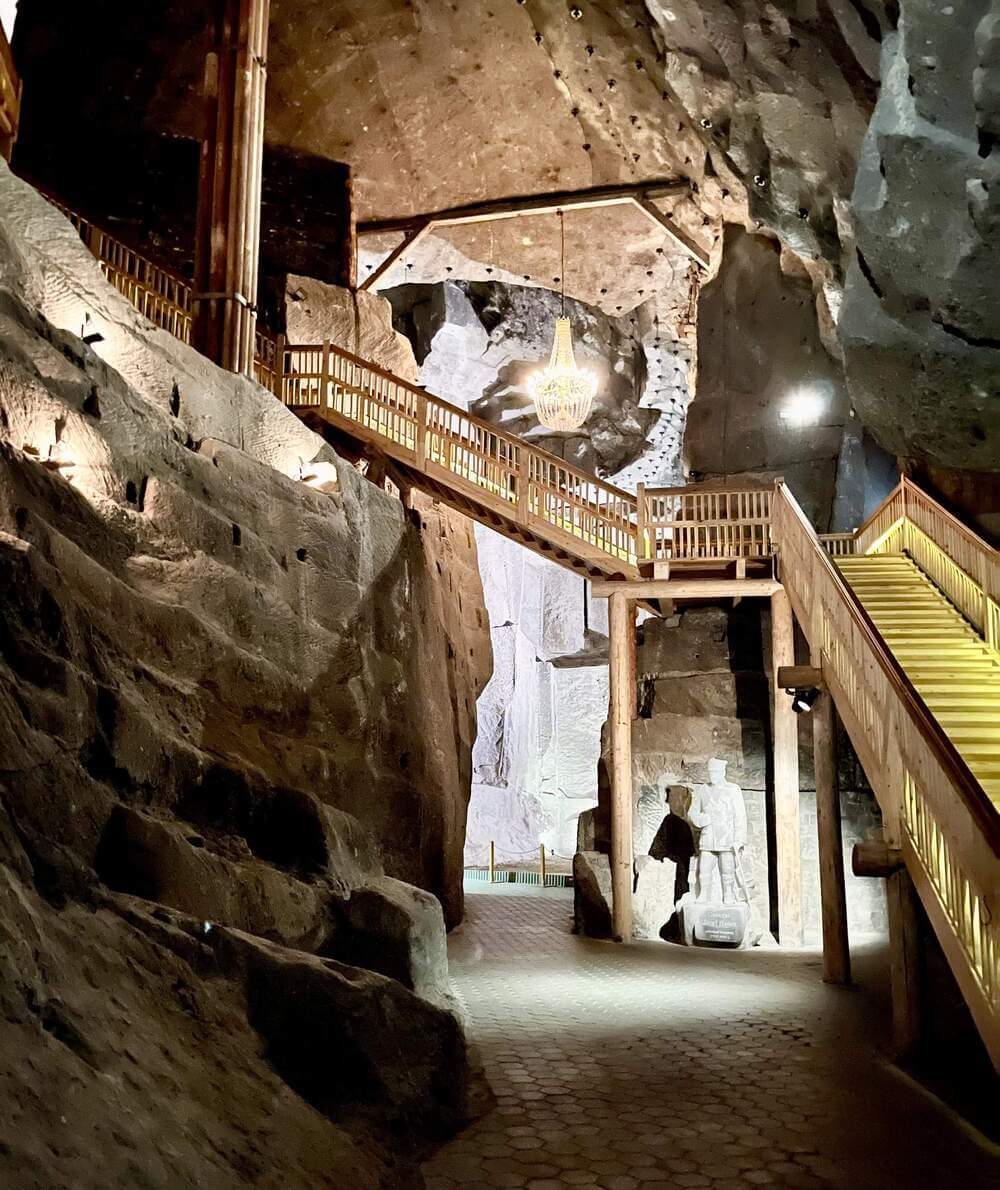
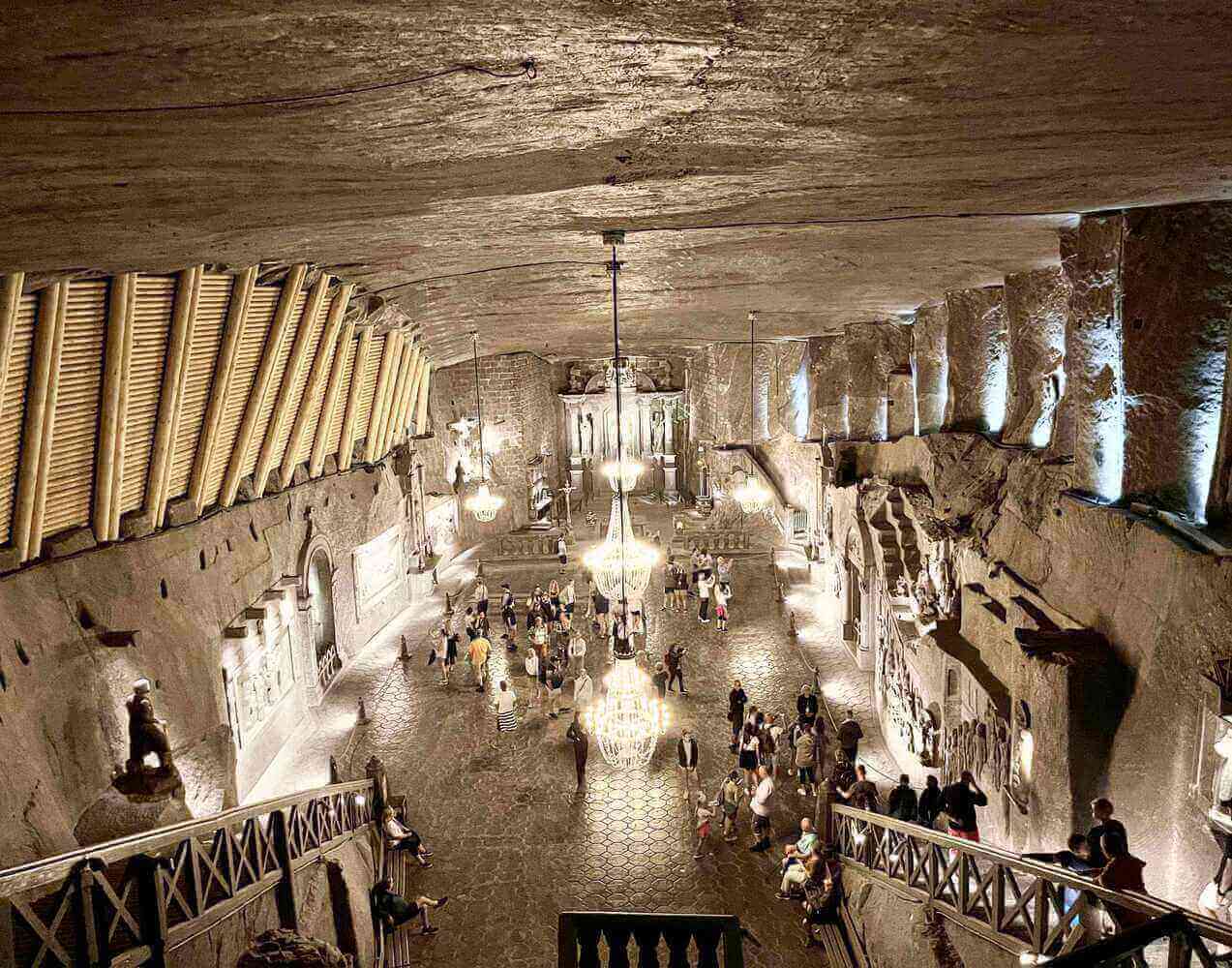 =
= The Palace of Culture is a 237m tall skyscraper in Warsaw. It was erected in 1955, and originally named after the USSR’s Joseph Stalin. In classic Stalinist fashion, its architecture is imposing and simple – there are no excessive decorations, and the building looms the city. Although Stalin’s name has long since been removed from the palace, it remains controversial as it recalls Poland’s subjugation to the Soviet Union during the Cold War. Even though it has been over 30 years since the collapse of the USSR, Warsaw’s architecture is an inescapable reminder of that time.
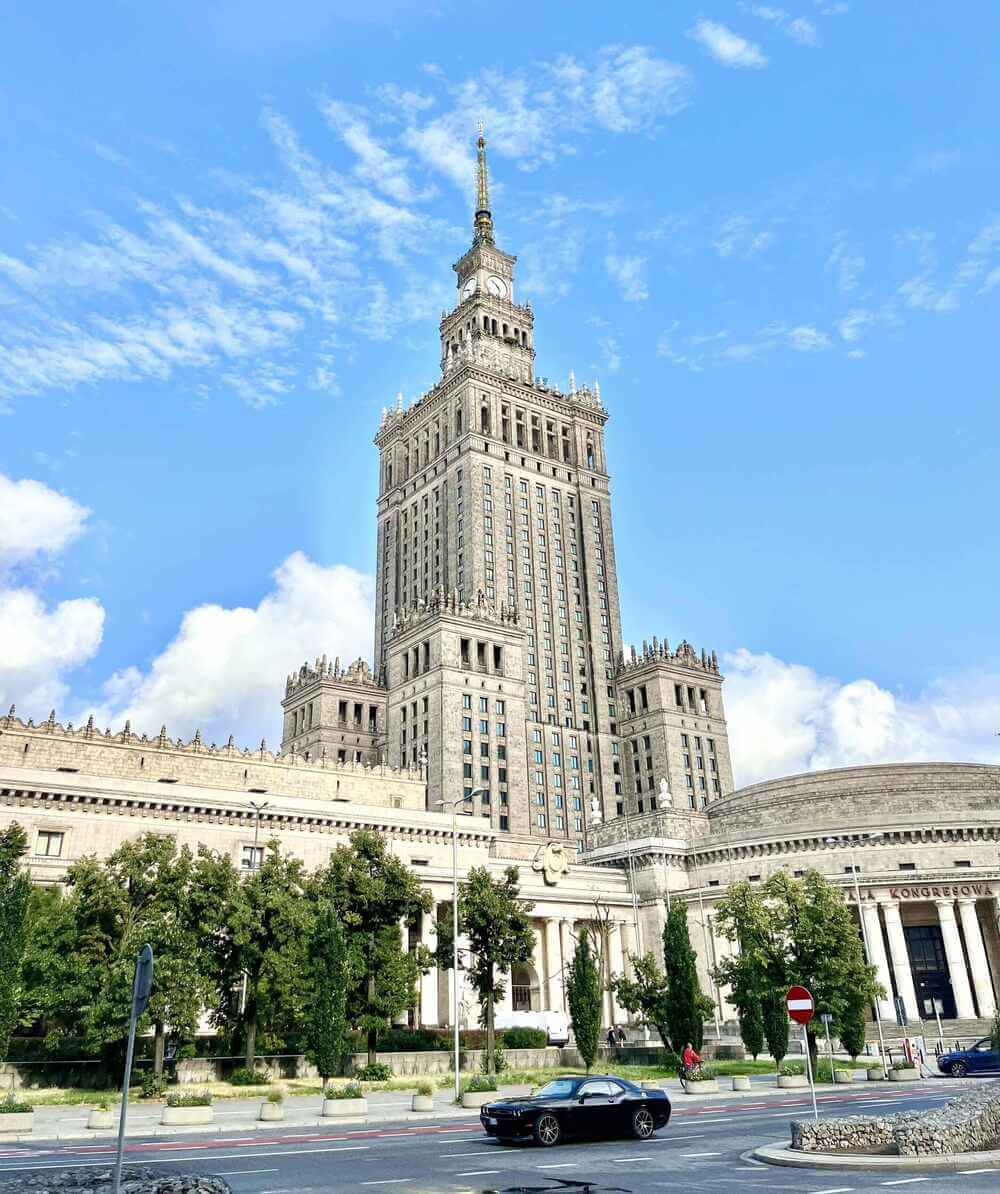
Auschwitz-Birkenau was the most disturbing place I have ever visited. It is the most gruesome concentration camp operated by the Nazis when they controlled Poland. Over a million people died here, mostly Jews, but also ethnic Poles and Romani. Many prisoners were kept in barracks in a giant field surrounded by barbed wire. The vast sky and expansive surrounding fields must have made the impossibility of escape all the more insufferable. The system the Nazis set up to exterminate people was like an assembly line. When prisoners arrived at the camp, strong individuals were assigned to manual labor. The rest were made to remove their clothing and valuables, and told they had to take a shower. The showers released the toxic Zyklon B gas, which killed everyone within half an hour. The bodies were quickly incinerated, and the room readied for the next arrivals. A museum exhibit displayed hundreds of drawings made by the children imprisoned in the camp. It is unbearable to contemplate what these children went through.
